Ah, the crossroads of the world, Times Square, New York City. Neon blares, thespians tread on venerably historic stages, with fashions, movies, and the cult of celebrity all shining brightly outside. It’s really the only place I’ve been where your shutter speeds at night need to be faster than they are on some days. It’s a whirlygig of lit up pop culture, where in the space of a half a block or so, you can quite literally bump into hundreds of rushing people, and likely hear about a dozen different languages, intermingled with the usual, distinctively gruff New Yorkese. And all this jostling occurs…safely.
Not so always. Times Square used to be owned largely by the denizens of the night, the neon pointed the way to skin and sin, and the shadows held the possibility of illicit excitement, as well as danger. Not for the faint of heart, Times Square in the Seventies. During that time, when I worked at the NY Daily News, I would regularly take the 104 bus crosstown on 42nd St., through the exhilarating filth of it all, get jammed up in traffic between 7th and 8th Aves, and sit there and watch the human theater unfold in all of its desperate need. Losers, chumps, hustlers, pimps, raincoat men, subway gropers, ladies of the night and dazed, lost tourists spun about in an x-rated tilt-a-whirl, and the collisions that occurred amongst this human hodgepodge were spectacular and routinely involved the police. It was especially vibrant and excessive in the bake of summer, when the heat and sweat turned the place into a pornographic microwave.
Below, a view of old style Times Square from the vantage point of the New Year’s Eve ball drop.
No more. It’s now safe enough in Times Square to bring a class of 25 National Geographic adventurer/photographers in there, some of them from seriously out of town, and looking positively gobsmacked by the sheer color rush of it all (a pickpocket’s dream client), and actually not lose any of them. Or any equipment. And do a lighting demo.
Enter Ari Espay, a Chilean rock star of a photographer with a smoking Instagram account, who regularly works with the Nat Geo Workshops, and is part and parcel of an aptly named visual storytelling company known as Fancy Girl Street Boy Productions. He is the street boy, obviously. More on the fancy girl at another time. Amidst the group, Ari stepped forward and up onto two somewhat flimsy red chairs. (There are now chairs in Times Square. Amazing. Back in the day, the only place to sit, really, was the sidewalk or gutter stoop. And for membership in that club, you really had to have a bottle of Thunderbird, or for the truly desperate, aftershave, in a paper bag.)
So, available light. Always the first step. Get the local light level under control. Don’t even think about flash. First exposure on aperture priority was typically overexposed. Lens (mm): 140. ISO: 400. Aperture: 6.3. Shutter: 1/50. Exp. Comp.: -2.0. Flash Comp.: 0.0. Program: Aperture Priority. White Bal.: SUNNY.
Ditch outta aperture priority, and slam into manual, and go mano a mano with the raging neon.
Settings: Lens (mm): 140. ISO: 200. Aperture: 5.6. Shutter: 1/250. Exp. Comp.: 0.0. Program: Manual. White Bal.: SUNNY.
Add flash. In this case, from camera left, with an EzyBox HotShoe Softbox, on a ShurLine paint pole. It’s over exposed, which again is typical. Ari is wearing darkish clothing and the flash/camera tandem reacts and tries to light in forcible fashion.
Settings: Lens (mm): 175. ISO: 200. Aperture: 4.5. Shutter: 1/250. Exp. Comp.: 0.0. Program: Manual. White Bal.: SUNNY.
Tone down the flash. Easy. Send it signal from the commander flash to quiet down the flash exposure by about one to two stops. Everything else is pretty much the same.
Settings: Lens (mm): 195. ISO: 200. Aperture: 4.5. Shutter: 1/250. Exp. Comp.: 0.0. Program: Manual. White Bal.: SUNNY.
Ok, make another shift at camera into incandescent, or tungsten white balance, which gives the neon background a bluish tinge. Counter the effect of the blue tone from the flash via a CTO conversion gel on the actual speed light. Turns it basically into a tungsten balanced flash.
Settings: Lens (mm): 200. ISO: 200. Aperture: 4.5. Shutter: 1/250. Exp. Comp.: 0.0. Program: Manual. White Bal.: INCANDESCENT.
So far, no real changes in the f-stop/shutter speed relationship. But, at f4.5, you do have a bit of depth there in Times Square. What if you wanted to turn it into just a cluster of lights? F-stop goes to 2.8, and DOF minimizes. Flash follows the exposure shift, because it is….TTL! Correspondingly, manually push the shutter speed to 1/400th of a second, to maintain a decent exposure. High speed sync at night! Welcome to Times Square.
Settings: Lens (mm): 120. ISO: 200. Aperture: 2.8. Shutter: 1/400, Exp. Comp.: 0.0. Program: Manual. White Bal.: INCANDESCENT.
And done. One tiny speed light, powered by four batteries, and you can face off with the biggest light swamp on the planet. Equipment used was pretty straightforward. Nikon D750, 70-200mm f2,8 lens, one SB-910, and Ezybox softbox and a paint pole. Questions on the gear? Reach out to the Big Guy, Jeffrey Snyder, jsnyder@adorama.com.
More tk….
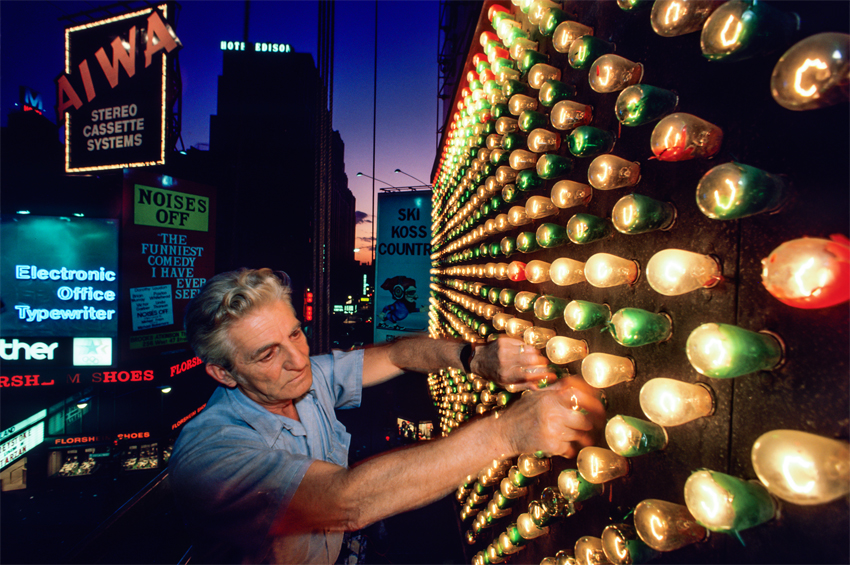
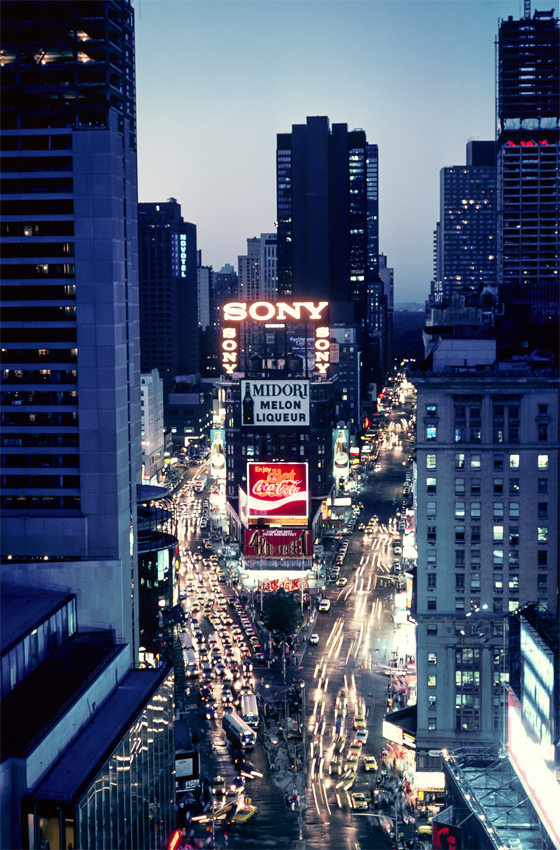
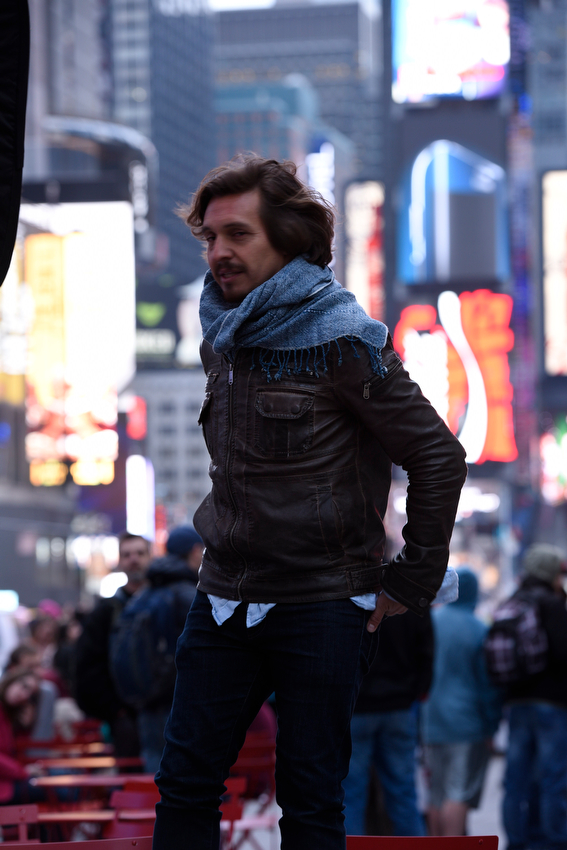
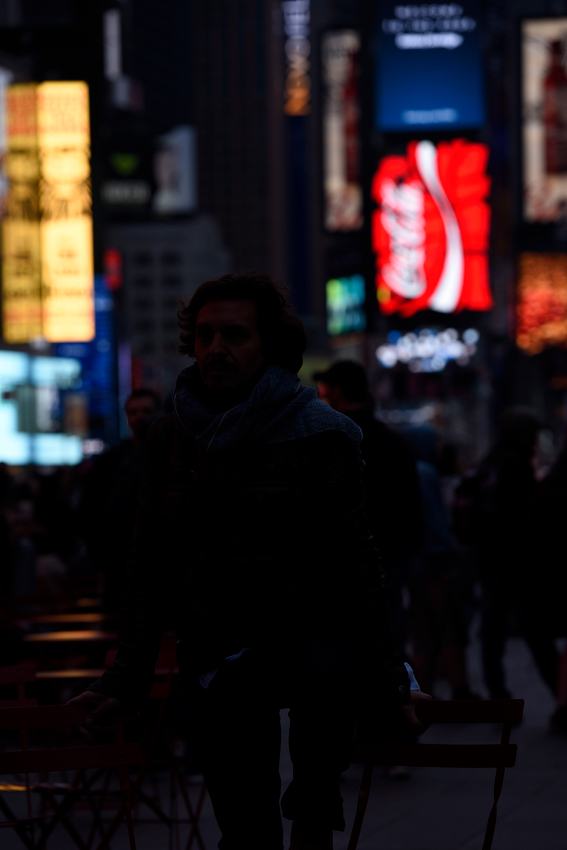
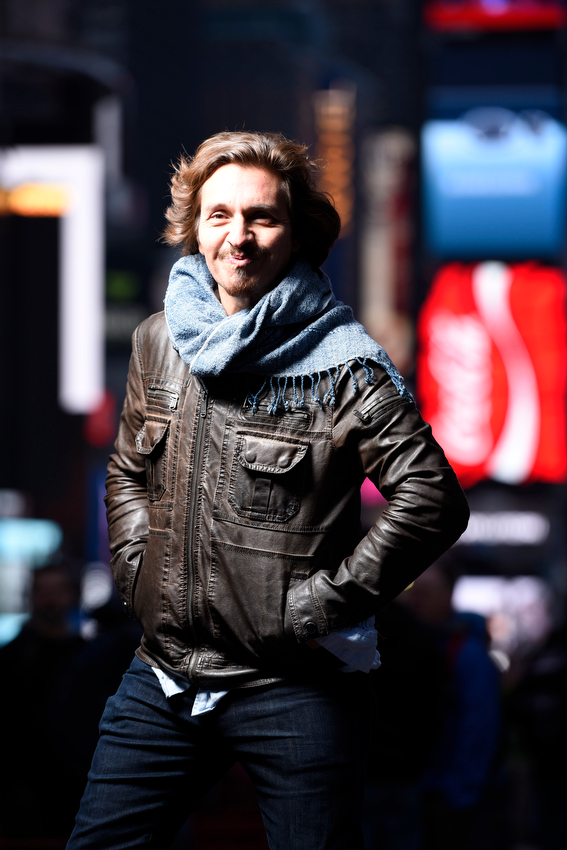
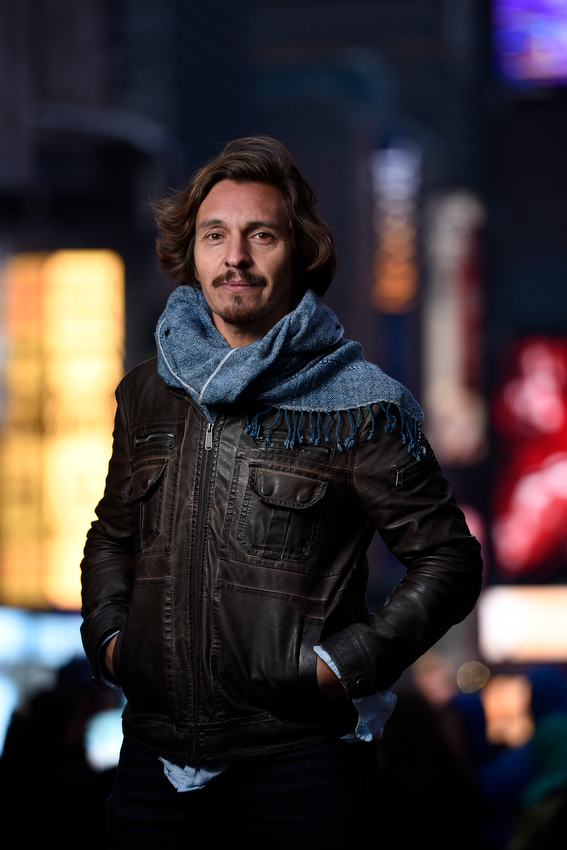
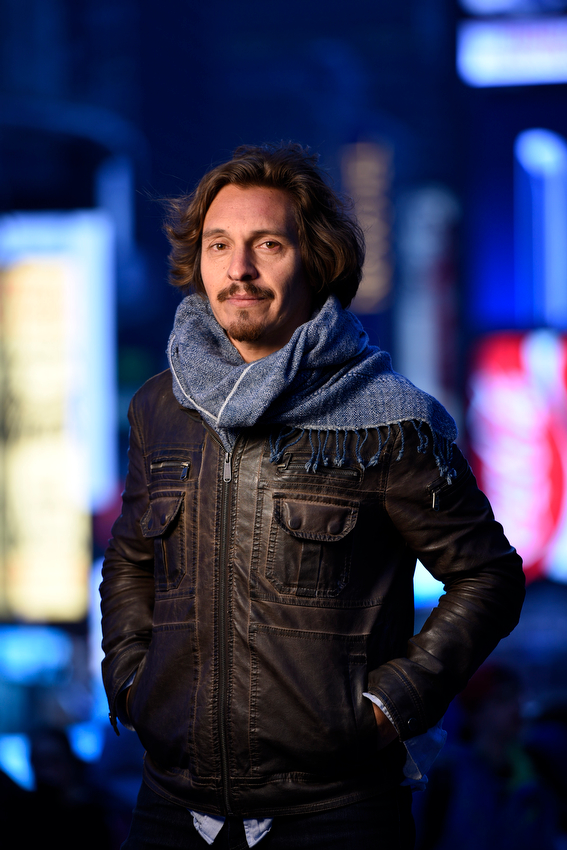

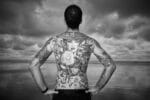
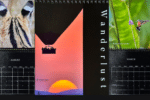
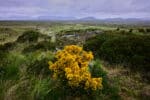
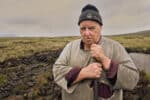
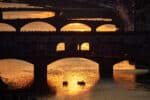
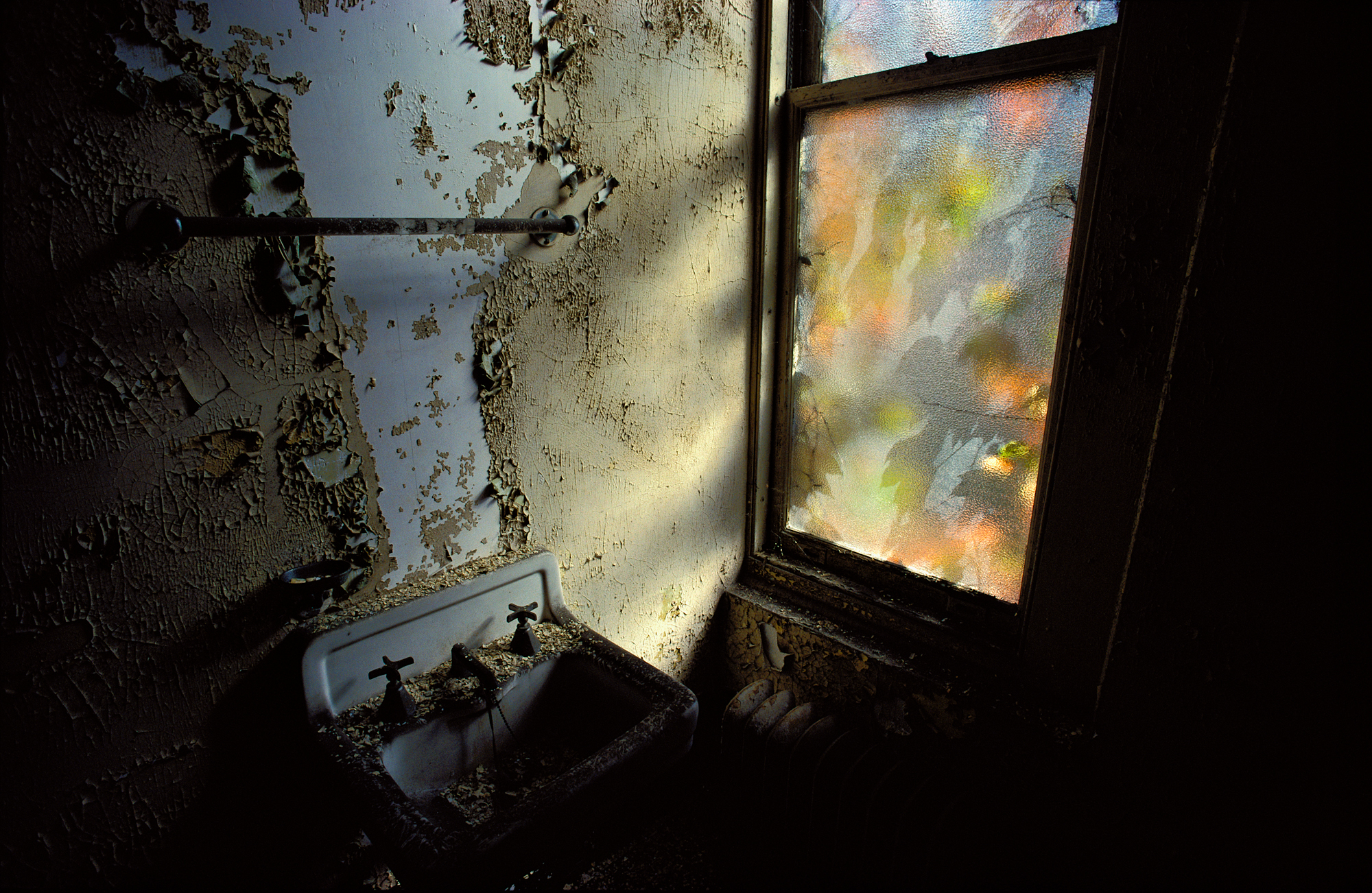
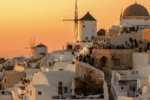
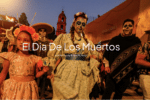
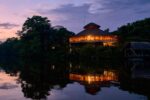
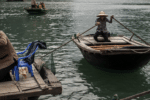
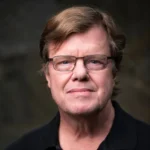


Nice and simple pics there Joe, nice work!
One question about your first step: When you try the exposure in aperture mode, do you use spot or matrix metering?
Great to see you working with the wonderful D750! Would love to hear your thoughts on it in a future post…
Hey Robert…my default is matrix and that’s where I was…..all best Joe
Hi Joe, how did you trigger your lone SB 910 ? Thank you.
Joe,
You’re BTS shooting-on-the-fly posts are always so good as tutorials and reminders that even a single off-camera strobe when used in proper concert with the right camera settings can deliver, in the right hands, brilliant results. Thanks, as always, for all that you know and so willingly share.
Love this post..luv it..luv it..luv it. (learned a lot too)
Hey Lewis…via line of sight commander flash hot shoed to camera…..an SB 910
Joe,
I have always admired your photography but now you have me in the spell of your writing style – succinct, mesmerizing, and filled with creative and beautiful metaphors. You have the gift of Irish story-telling. Your description of Times Square then and now is a work of art and I really enjoyed reading it. Thanks for making your blog so engaging.
Joseph
Very cool post! Thanks for taking the time Joe. Love the write up too; I wish I’d been alive to go there in the seventies!
This very in sparing tutorial. Good result , One should try self assignment.
These are great photos, thanks for setting sharing.
Wow, can’t “dumb it down Barney style” more than that! Great examples.
Hi Joe,
great pictures and very interesting to see their evolution on location. Just one question though: Why not drop the ISO to 100 and avoid HSS – not that there is anything wrong with that… Thanks heaps!
Forty years at the NY Times in an around Times Square, mostly working at night. It was a gritty, wonderful place, dark and brilliantly lit at the same time, before Disney took it over. Left there and now a shooter in New Mexico.
Hey Andi…guess I just didn’t think of that. Heat of the moment and all, I just banged ahead, but what you suggest is absolutely true….best, Joe
Hello Joe,
very interesting to see how you work with “my” gear, i have the same. Meanwhile the Nikon D750 is my Main Body! Great shots as always from you. My favorite Lightboxes are also the Lastolites.
Many Greets from Austria, Helmut
Hey Joe, great shot and explanation 🙂
I am curious though…back in the film days how would you have gotten this shot. With digital you can see the results and adjust on the street, but with film, would you have been using Polaroids, or you would just be more mindful of color temperature?
Thanks!
Yep, in film days, would have gone with a Polaroid, and some guess work. It became intuitive with film, and you just had certain ISO’s (called ASA back then) dialed in so that you pretty much knew the exp. or felt your way towards it in fairly accurate fashion. Lots more guesswork though!
Great work Joe. Ah the simplicity of your Easy Box 24. Love my new D-750!.
Hey Joe, thanks for your explanation
Awesome and a little bit thrilling picture of the city. Blue colour gives it a really stark effect.
Excellent work! Great to see the comparisons.
Great post Joe, thanks for taking the time to explain it so well.
High speed sync at night, they’re going to have to rewrite the instruction booklets for this!
Hi Joe, How close do you have to have the softbox to shoot those exposure settings?
What if it’s daylight, … how close does a softbox have to be to overpower the sun with a speedlight?
Thanks
Varies, to be honest. Size of soft box, distance, power of the ambient light. All variables that factor into what you choose to do at any given moment. I do try to work my light as close as possible, to be sure. Gives me more leeway power wise and improves the quality of the light itself. Sorry to not be more specific. You have options for sure. High speed sync, giving you less DOF, and then regular sync which will result most likely in a frame that might have a lot of depth. best, Joe
This is so good. Lighting is key! Great article.